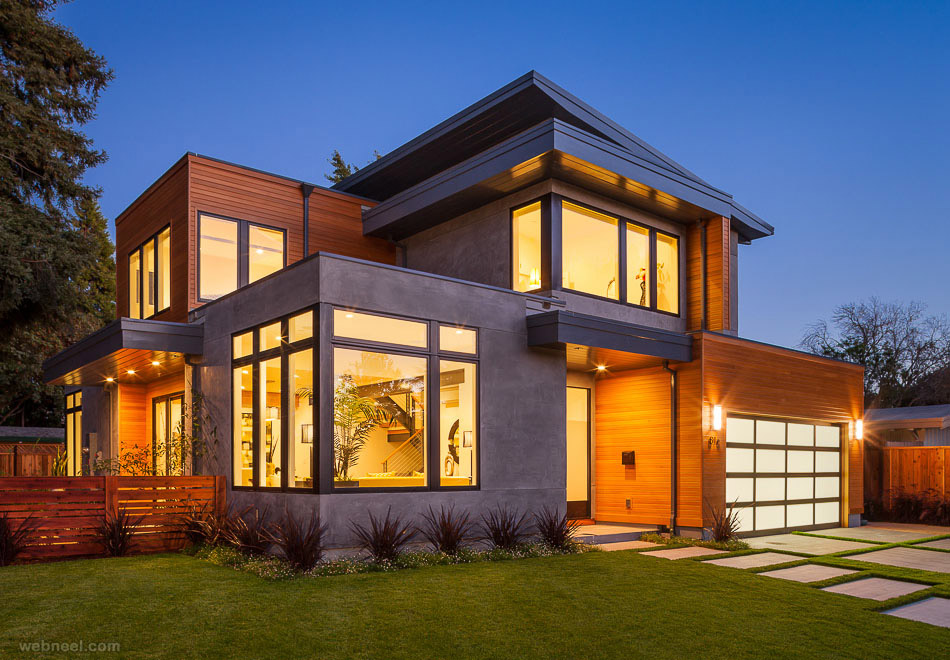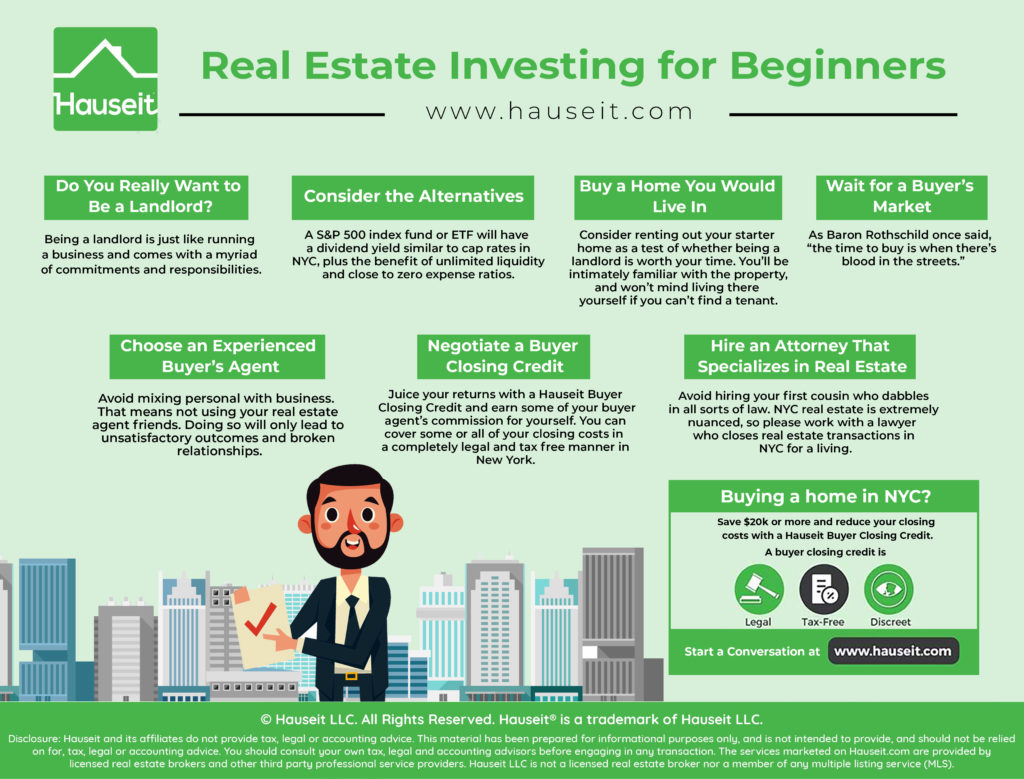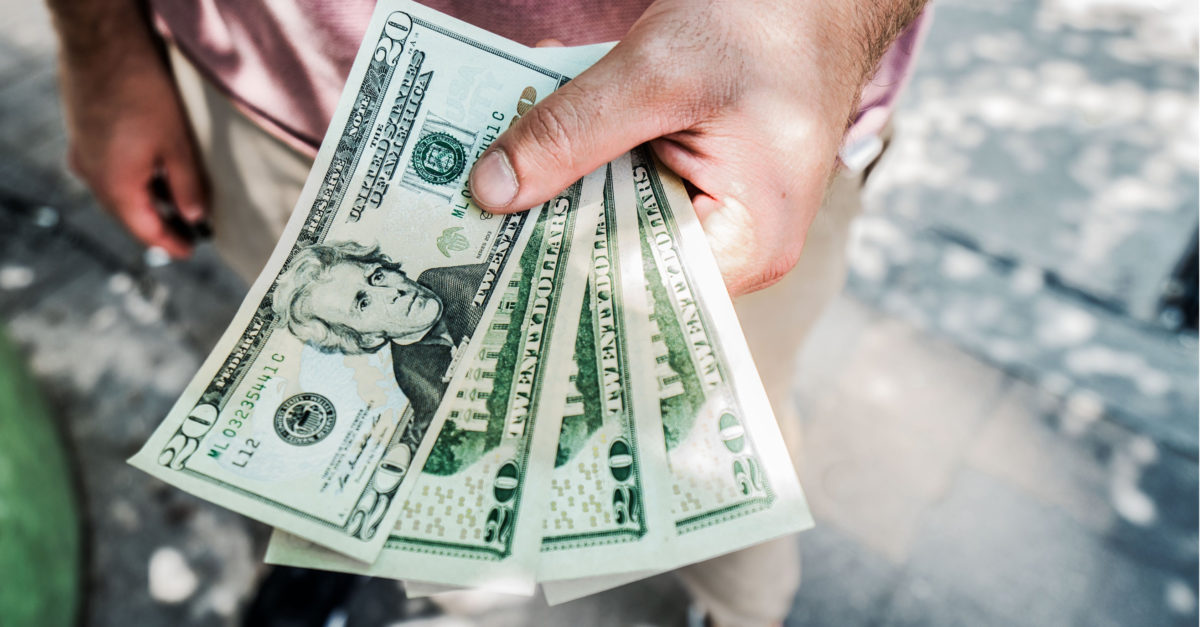The Art Of Real Estate Photography: Capturing The Perfect Shot
Real estate photography is a vital aspect of the property marketing process. High-quality images can make all the difference in attracting potential buyers and renters to a property. In today’s digital age, where most property searches begin online, excellent photography is crucial for standing out in a crowded market. In this article, we will delve into the world of real estate photography, discussing its importance, key principles, and tips for capturing stunning images.

Why is Real Estate Photography Important?
Real estate photography is essential for several reasons. Firstly, it provides potential buyers with a first impression of the property, allowing them to visualize themselves living or working in the space. Good photography can create an emotional connection with the viewer, making them more likely to schedule a viewing or make an offer. Additionally, high-quality images can help to showcase the property’s best features, such as natural light, architectural details, and beautifully landscaped gardens.
Secondly, real estate photography is a key marketing tool for property agents and owners. It helps to differentiate a property from others in the same area, making it more attractive to potential buyers. Furthermore, excellent photography can increase the chances of a property being featured in prominent online listings, social media, and print media, thereby expanding its reach and visibility.
Key Principles of Real Estate Photography
To capture stunning real estate images, it’s essential to understand some key principles. These include:
- Natural Light: Natural light is the most flattering and appealing type of light for real estate photography. It accentuates the property’s features, creates a warm atmosphere, and makes the space feel more welcoming. Try to schedule photo shoots during the golden hour, just before sunset, when the light is soft and warm.
- Composition: A well-composed image is essential for real estate photography. Consider the rule of thirds, leading lines, and framing elements to create visually appealing images. Pay attention to the property’s layout, furniture, and decor to create a sense of flow and harmony.
- Attention to Detail: Pay attention to the small details that can make or break an image. Ensure that the property is tidy, with no clutter or personal items visible. Fluff up cushions, straighten furniture, and remove any distracting items from the scene.
- HDR and Editing: High Dynamic Range (HDR) imaging and editing software can enhance the quality of your images. HDR combines multiple images taken at different exposures to create a single image with greater dynamic range. Editing software can be used to adjust the brightness, contrast, and color balance of the image, ensuring it looks its best.
Tips for Capturing Stunning Real Estate Images
Here are some additional tips for capturing stunning real estate images:
- Use a Wide-Angle Lens: A wide-angle lens can help to capture more of the property’s features, such as spacious rooms and high ceilings.
- Shoot from Different Angles: Experiment with different angles and perspectives to add visual interest to your images. Get low, climb high, and try unusual vantage points to create unique and captivating images.
- Focus on the Property’s Best Features: Identify the property’s best features, such as a stunning view, beautifully landscaped garden, or architectural detail, and capture images that showcase these features.
- Use a Tripod: A tripod can help to stabilize the camera, ensuring sharp and steady images, even in low-light conditions.
- Capture the Property’s Exterior: Don’t forget to capture images of the property’s exterior, including the front facade, backyard, and any outdoor living areas.
Real Estate Photography Equipment
To capture high-quality real estate images, you’ll need some essential equipment. These include:
- DSLR or Mirrorless Camera: A digital single-lens reflex (DSLR) or mirrorless camera is ideal for real estate photography. These cameras offer excellent image quality, manual controls, and interchangeable lenses.
- Wide-Angle Lens: A wide-angle lens, such as a 10-22mm or 14-24mm, is perfect for capturing spacious rooms and expansive views.
- Tripod: A sturdy tripod can help to stabilize the camera, ensuring sharp and steady images, even in low-light conditions.
- External Flash: An external flash can provide additional lighting, helping to illuminate dark areas and reduce shadows.
- Drone: A drone can be used to capture aerial images and videos of the property, providing a unique perspective and showcasing the property’s surroundings.
Real Estate Photography FAQ
Q: What is the best time of day for real estate photography?
A: The best time of day for real estate photography is during the golden hour, just before sunset, when the light is soft and warm.
Q: How can I make my real estate images look more professional?
A: To make your real estate images look more professional, pay attention to composition, lighting, and attention to detail. Use a tripod, wide-angle lens, and editing software to enhance the quality of your images.
Q: What equipment do I need for real estate photography?
A: You’ll need a DSLR or mirrorless camera, wide-angle lens, tripod, external flash, and drone (optional) to capture high-quality real estate images.
Q: How can I capture images of a property’s exterior?
A: To capture images of a property’s exterior, use a wide-angle lens and shoot from different angles, such as the front facade, backyard, and any outdoor living areas.
Q: Can I use a smartphone for real estate photography?
A: While smartphones have improved significantly, they may not provide the same level of quality and control as a DSLR or mirrorless camera. However, if you have a high-end smartphone with a good camera, you can use it for real estate photography, especially for social media and online listings.
Conclusion
Real estate photography is a vital aspect of the property marketing process. By understanding the key principles and tips outlined in this article, you can capture stunning images that showcase a property’s best features and attract potential buyers. Remember to pay attention to natural light, composition, and attention to detail, and use the right equipment, such as a wide-angle lens and tripod, to enhance the quality of your images. Whether you’re a property agent, owner, or photographer, excellent real estate photography can make all the difference in selling or renting a property quickly and for the best price possible. So, grab your camera, and get ready to capture the perfect shot!
Closure
Thus, we hope this article has provided valuable insights into The Art of Real Estate Photography: Capturing the Perfect Shot. We appreciate your attention to our article. See you in our next article!










Post Comment